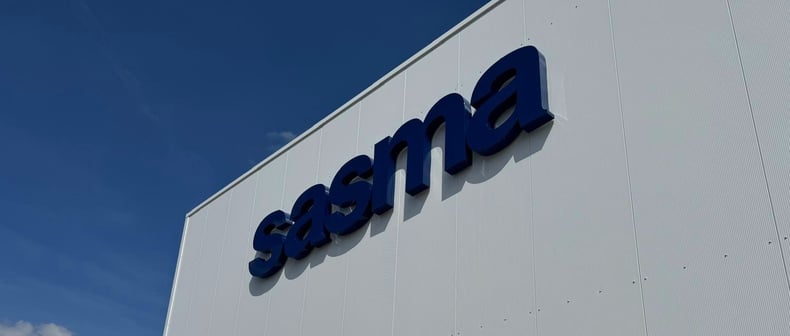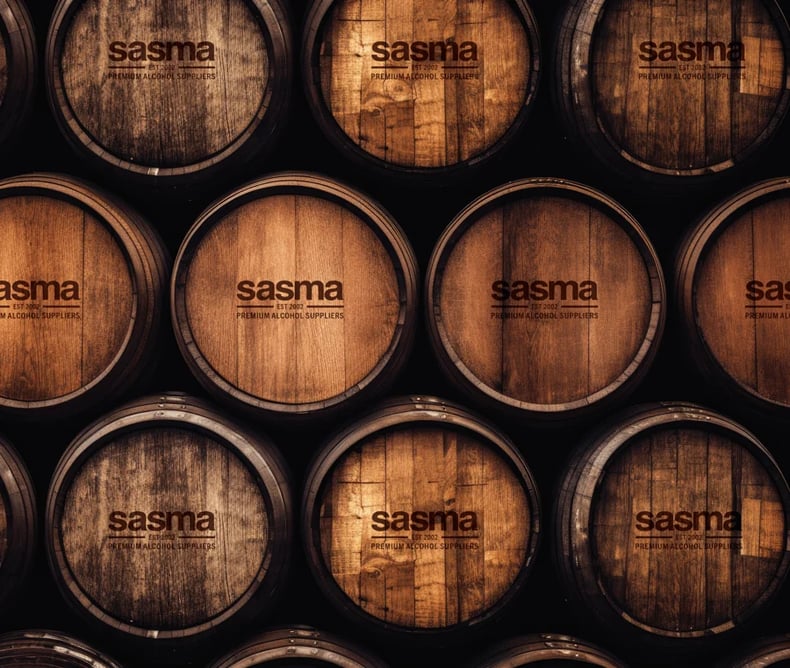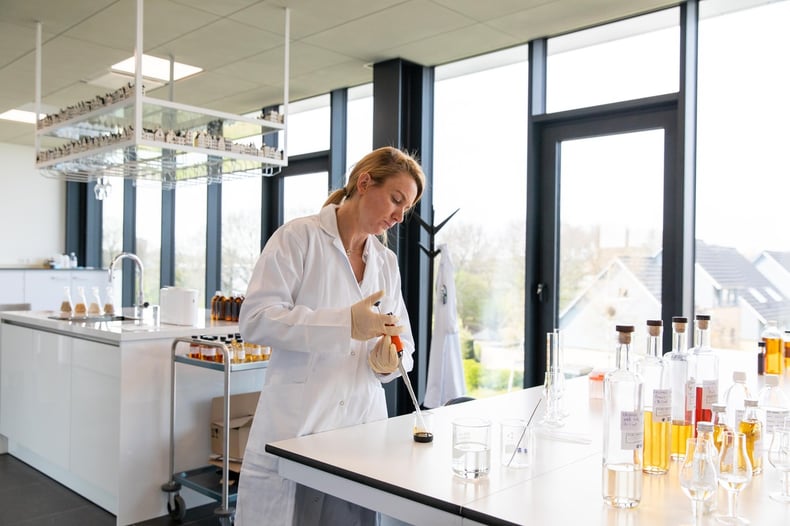.jpg?width=1600&height=1200&name=sasma-apr25-websize-366%20(1).jpg)
What Is A CAS Number and Why Is It Important?
The Role of CAS Numbers in Ethanol and the Spirits Industry
At Sasma BV, we serve the industrial, pharmaceutical, cosmetic, food & beverage markets. As one of the world’s largest suppliers of bulk premium alcohol and spirits, ethanol is a key component in many of the industry applications. This chemical substance is universally identified by its CAS number 64-17-5.
A CAS number (Chemical Abstracts Service) is a unique numerical identifier assigned to every chemical substance, helping industries track and regulate materials worldwide. In this article, we’ll explore what CAS numbers are and why you won’t see them used on consumer spirits labels.
What Is a CAS Number?
CAS Registry Numbers are codes assigned to pure chemical substances. CAS itself is an abbreviation for Chemical Abstracts Service, a division of the American Chemical Society. They are responsible for building and maintaining the world’s largest collection of human-curated scientific knowledge.
Over the past 150 years, the division has cataloged millions of chemical substances and data from scientific publications, patents, and research institutions across the world. Beyond chemical identification, they also assist scientists, researchers, R&D teams, and intellectual property professionals by providing access to essential information that guides discovery, product development, and regulatory processes compliance.
For example, when we supply ethanol to industrial, pharmaceutical, and food & beverage markets, the CAS system ensures that every stakeholder–from researchers to regulators–is referencing the exact same chemical substance. This reduces ambiguity and ensures safety and consistency throughout the supply chain.
Why Spirits Don’t Use CAS Numbers
Spirits don’t have CAS numbers because they are not single chemical substances–they are mixtures. Each spirit, whether it’s vodka, rum, or whiskey, contains ethanol along with water and trace flavor compounds that vary naturally based on ingredients, fermentation, distillation, and aging. Because every batch has a slightly different chemical composition, it cannot be represented by one fixed identifier. This is why a spirit label lists its alcohol content (ABV) and origin, but never a CAS ID.
Ethanol: One Substance, Two Contexts
Chemically, ethanol is always the same substance. What changes is how it’s used.
For example, the ethanol used to make disinfectants and the ethanol distilled into vodka are chemically identical, but legally and commercially distinct. In industrial and pharmaceutical applications, ethanol is treated as a regulated chemical.
In beverage applications, ethanol is a base ingredient for spirits like vodka, gin, or liqueurs. At this stage, it’s no longer managed as a chemical substance but as a food and beverage product under entirely different regulations. So, while the ethanol within a spirit still carries the same CAS number scientifically, the final product does not. The distinction lies in purpose and purity: one serves as a chemical ingredient, the other as a crafted beverage.
Why It Matters
CAS numbers provide a universal standard for identifying ethanol and verifying its quality, which is key to maintaining consistency across markets and industries.
At Sasma BV, these standards reflect our commitment to transparency, traceability, and trust. Whether supplying ethanol for pharmaceuticals, cosmetics, food, or beverages, we rely on CAS verification to guarantee that every product meets the highest international benchmarks.
Related articles
-

Sasma Halsteren Facility On Track To Open April 2026
Sasma’s new Halsteren warehouse is progressing as planned, marking a significant investment in our long-term...Read more -

Exploring Bulk Whisky with Sasma: Quality, Customization, & Expertise
Understanding the factors shaping bulk alcohol pricing is crucial. Learn how raw materials, production processes, and...Read more -

The Sasma Standard: A Commitment To Quality & Consistency
Quality at Sasma more than a standard we adhere to. we're suppliers of bulk spirits & alcohol, from sourcing and...Read more -
.png?width=790&height=980&name=2%20(3).png)
Sasma Quarterly Newsletter – September 2025
As we close out Q3, we share the key developments shaping our industry: global trade agreements & tariff shifts,...Read more -

Bourbon Whiskey Imports into the EU: Tariffs & Trade Flows
Examining US-EU tariff disputes and suspensions from 2018 to 2025.Read more -

How EU-Mercosur Deals Could Reshape Ethanol & Alcohol Trade
After more than 25 years of negotiations, the EU and Mercosur reached a political agreement on trade in December 2024,...Read more
